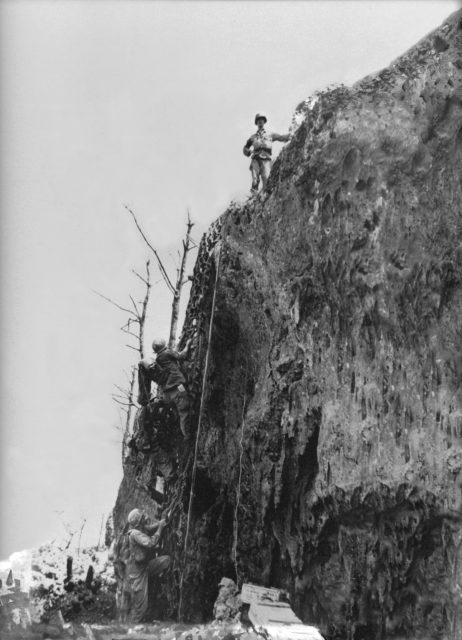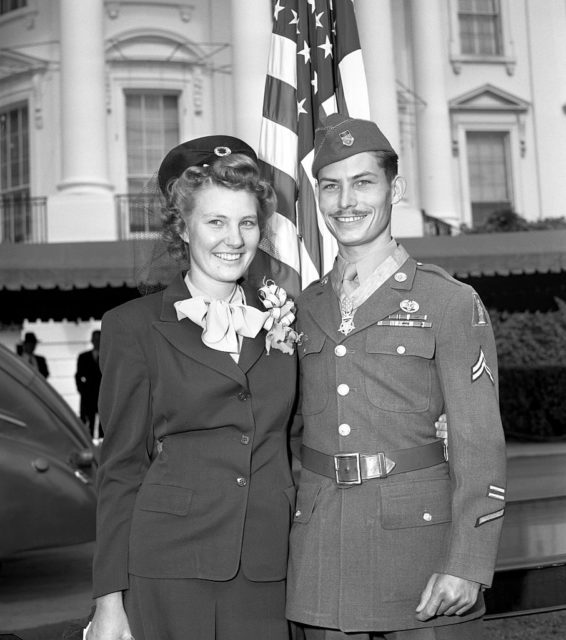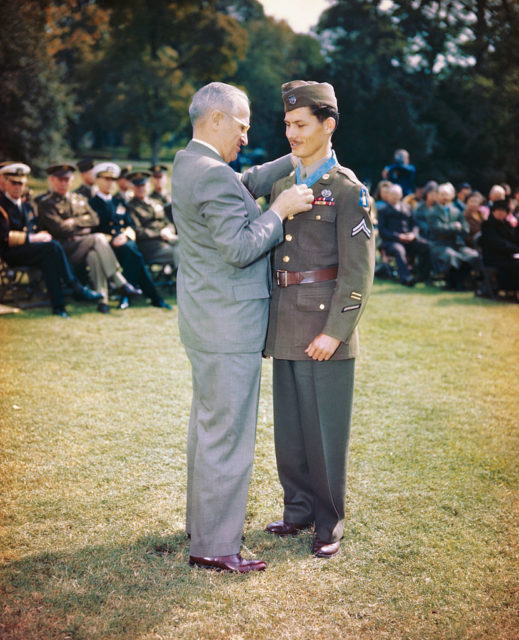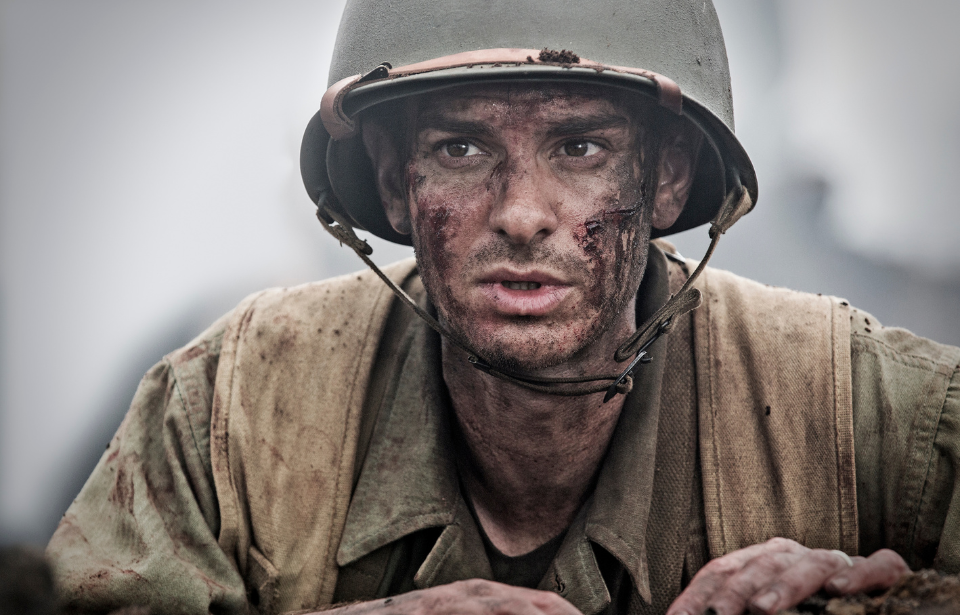Conscientious objector Desmond Doss staged one of the most daring rescues of the Second World War, risking life and limb to get 75 of his injured comrades to safety. As famous as his actions were, many have wondered where, exactly, Hacksaw Ridge is. Learn about the location, the Battle of Okinawa and Doss’ immense bravery in the face of war.
Battle of Okinawa

Desmond Doss’ actions on Hacksaw Ridge occurred during the Battle of Okinawa. Codenamed Operation Iceberg, the fighting took place between the US military and the Imperial Japanese Army (IJA). The Americans landed on the island on April 1, 1945, in what was the largest amphibious invasion in the Pacific during the Second World War.
The overall operation lasted from April 1 – June 22, 1945, with the ultimate goal being to take control of the primary air base on Okinawa and use it and the island as the American base for the planned invasion of Japan. While fighting through the rugged and difficult landscape, US troops took different fortified elevations from the Japanese, one of which was the Maeda Escarpment – or Hacksaw Ridge.
Where is Hacksaw Ridge?

Located on the southern end of Okinawa, Hacksaw Ridge is located near Urasoe. The escarpment also features the remains of Urasoe Castle – once the largest on the island – which was constructed in the late 13th century. It’s no wonder then, given its size and the advantage of its elevation, that the Japanese chose the ruins as a defensive positions during the Battle of Okinawa. Also working to their favor were the series of tunnels and dugouts within the ruins.
The site was located at the top of a 400-foot vertical cliff, which the Americans had to climb to attack, while leaving behind their heavy artillery. In reality, the location was no more advantageous for the Japanese, as they were unable to shoot down the cliff with their machine gun emplacements. Instead, they had to wait until the American troops appeared over the lip of the ridge before launching an attack.
How did Hacksaw Ridge get its name?

It was this perilously steep cliff that inspired the nickname for the area – “Hacksaw Ridge.” There’s no conclusive answer as to why this was the nickname the American servicemen agreed upon, but there are certainly no shortage of theories.
One, in particular, refers to the physical appearance of the area to the approaching troops. The north side of the escarpment has two rock faces – Hacksaw Ridge and Needle Rock – with a gap in the middle. This apparently looks like the notch in a hacksaw, influencing the name.
Another theory states that the name was more metaphorical than physical. A saw represents the back and forth nature of the fighting, while the tool’s teeth reference the soldiers and Marines who lost their lives.
Desmond Doss

Hacksaw Ridge certainly can’t be discussed without detailing the heroism of Desmond Doss. He was raised as a Seventh-day Adventist and was a strong believer in non-violence. When World War II began, he was employed at a shipyard, but left the position to enlist in the US military.
Although he made the choice to serve, he refused to kill enemy soldiers, or even carry a weapon, because of his religion. As such, Doss was made an Army Medic with the 2nd Platoon, Company B, 1st Battalion, 307th Infantry Regiment, 77th Infantry Division.
Doss first saw combat in 1944 in Guam and the Philippines, where he set a precedent for demonstrating extreme bravery while aiding his wounded comrades. He was twice awarded Bronze Star Medals with a “V” device before he even set foot on Hacksaw Ridge.
The valiant efforts of Desmond Doss

When Desmond Doss was sent to Okinawa, he found himself braving the deadly Hacksaw Ridge. He made the climb alongside the others, tending to the wounded as they went. Eventually, the casualties were so bad that the Americans were ordered to retreat.
Instead of following orders, Doss decided he was going to save as many wounded men as possible. He ran into the killing zone, carry his injured comrades to the edge of the cliff and lowering them to the bottom, where other medics stood waiting for them. He repeated this process numerous times, praying as he went, “Lord, please help me get one more.”
More from us: Eddie Slovik: The Only US Soldier to Be Executed for Desertion Since the Civil War
By the time Doss had done all he could, he’d saved 75 men, although his comrades swear it was more like 100. He continued to fight in Okinawa until May 21, 1945, when he was evacuated after becoming wounded. Later that same year, he was awarded the Medal of Honor for his actions.
